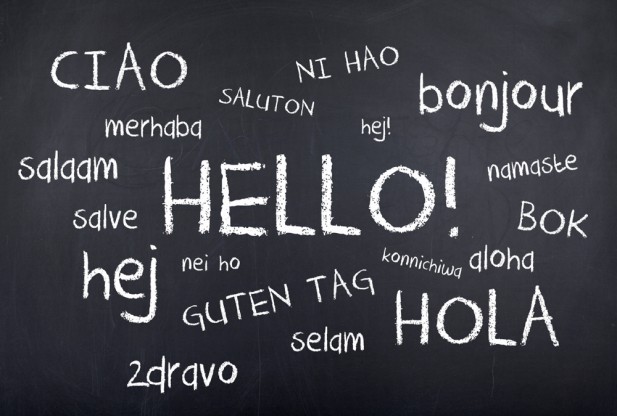Bilingual Language Development in Early Childhood
In North America, and in many parts of the world, there are many children being exposed to different languages at a very young age. This refers to bilingualism; when an individual is proficient in two languages. Children who are bilingual have greater benefits than those who are monolinguals, because bilingual children have a better social understanding, and also have cognitive advantages as well as the linguistic benefits it already offers.
There are many misconceptions that many parents have of their child being bilingual. For example, if there are confusions between the languages in bilingual infants and children. This idea of confusion that most parents get is because when bilingual children start to mix words from both languages in the same sentence. This is known as code mixing which is a part of bilingual development and there are several reasons why bilingual children do this (Pearson, 2008). For example, some children are able to code mix because this frequently happens in their language communities or their households; they are just mimicking what they hear from close adults (Corneau, Genesee, & Lapaquette, 2003). Another reason is that like most monolinguals, bilingual children are sometimes limited to certain linguistic resources. An example of this would be if a young bilingual child can’t say quickly the right word in one language, then that child might be able to say it in the other language he/she knows (Lanza, 2004). Some 2-year olds show their ability to speak the same language that their conversational partner is speaking in. Similarly, many infants can also distinguish rhythmically dissimilar languages like English and French at birth (Byers-Heinlein, Burns & Werker, 2010; Mehler, 1988). Recent studies have displayed that 4-year old bilingual and monolingual infants are able to differentiate silent talking faces speaking many different languages (Weikum, 2007). On the other hand, only bilinguals of 8 months of age are still sensitive to this type of distinction. Whereas, monolinguals stop recognizing these differences in the movements of an individual’s face (Sebastian-Galles, Albareda Castellot, Weikum, & Werker, 2012; Weikum et al., 2007).
Some studies have revealed that those who are bilingual show some advantages, especially in social understanding. In today’s complex societies where there are different people that have different language knowledge, bilinguals must be able to cope with this in their everyday life. Bilingual preschoolers seem to have better skills than monolinguals when understanding another person’s point of view, intentions, thoughts and or desires ( Bialystok & Senman, 2004; Goetz, 2003; Kovacs, 2009). Many young bilingual children have enhanced sensitivity towards features of communication, for example the tone of voice of an individual (Yow & Markman, 2011).
There are cognitive advantages when being bilingual. One example of cognitive development in bilingual infants are advantaged in certain parts of memory like starting to generalize information from one point to another (Brito & Bar, 2012). Bilinguals perform better when it involves changing between certain activities as well as inhibiting previous learned responses than those who are monolinguals (Bialystok, Craik, & Luk, 2012). Based on these advantages, whom have been studied on bilingual adults and children (Bialystok & Martin, 2004), new types of evidence show that also bilingual infants and toddlers show many of these cognitive developments.
Moreover, the fact of being bilingual is a very important advantage for a child later on in the future because of the linguistic benefits it offers. Those bilingual children know more than one language which will be useful when traveling and also getting a job. Other advantages of a child being bilingual are that they are able to communicate with family members as well as establish a connection to their family’s history and culture, while making new friends from different ethnic backgrounds.
Everyday, new children are advancing in learning new languages that are always being spoken in their household. It enhances the child into growing and developing his or her identity as an individual in any part of the world. Bilingualism is a special tool that can be useful and will come to their advantage in various ways either cognitively, or from bring about better social understanding. There is also the linguistic benefit of communicating in two different languages.











